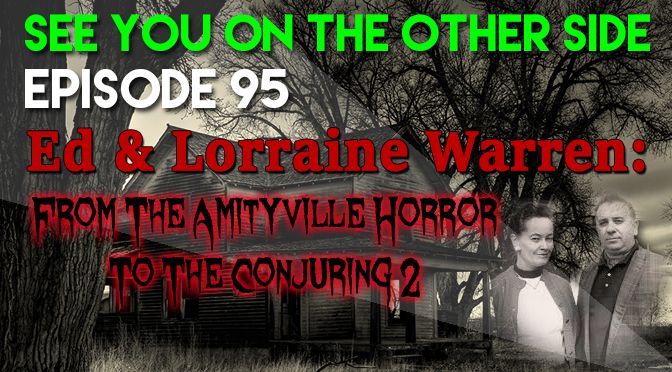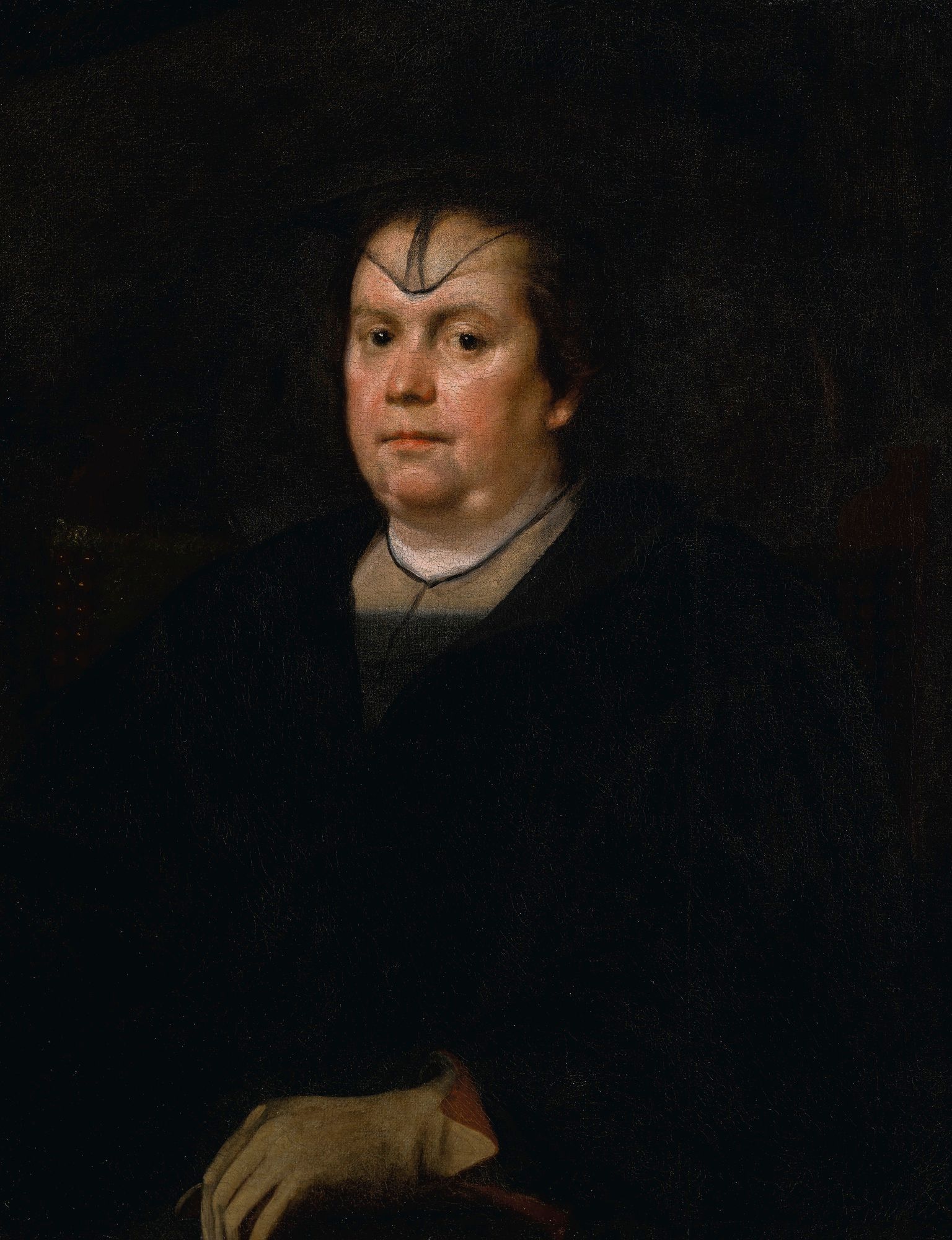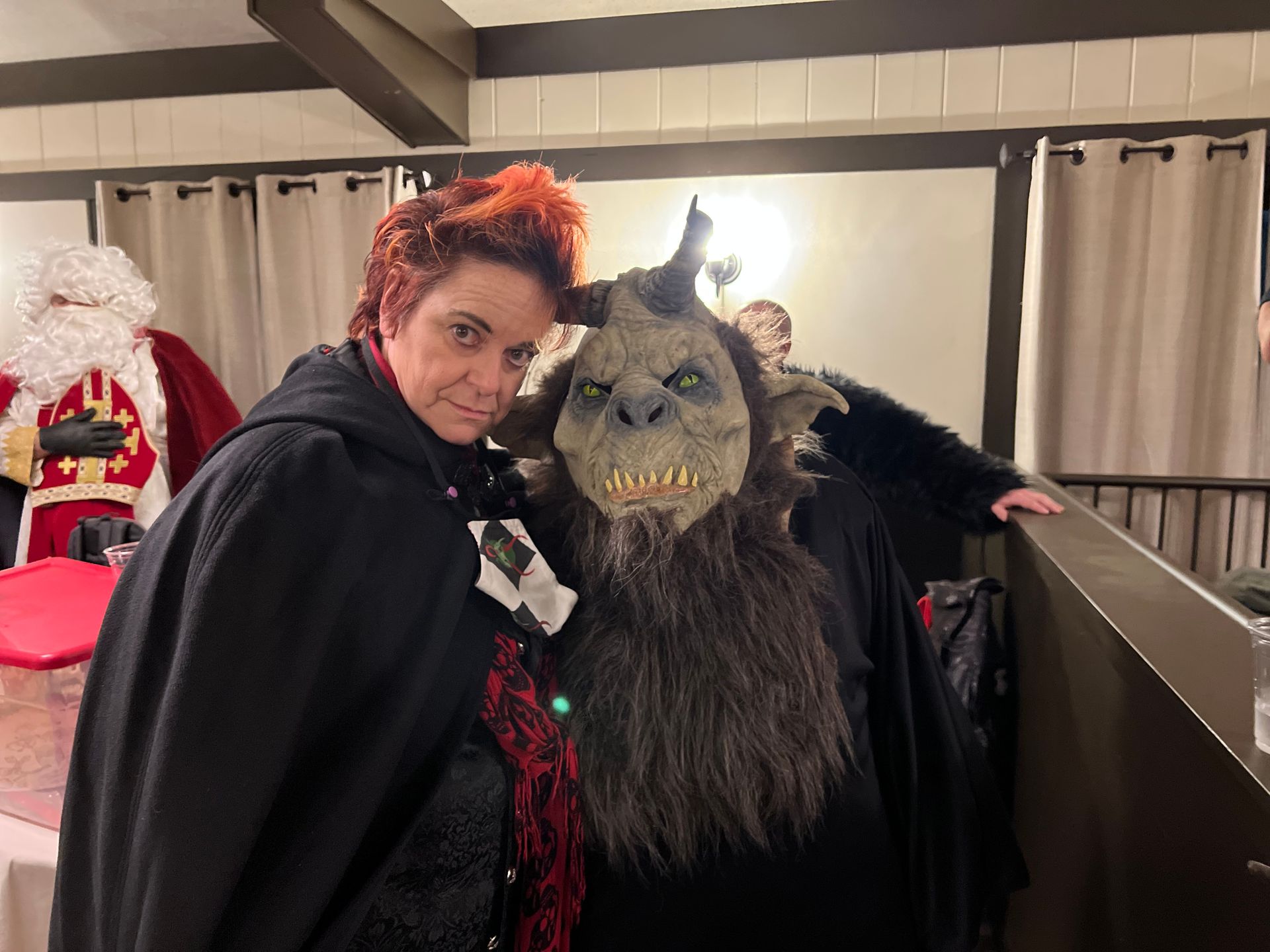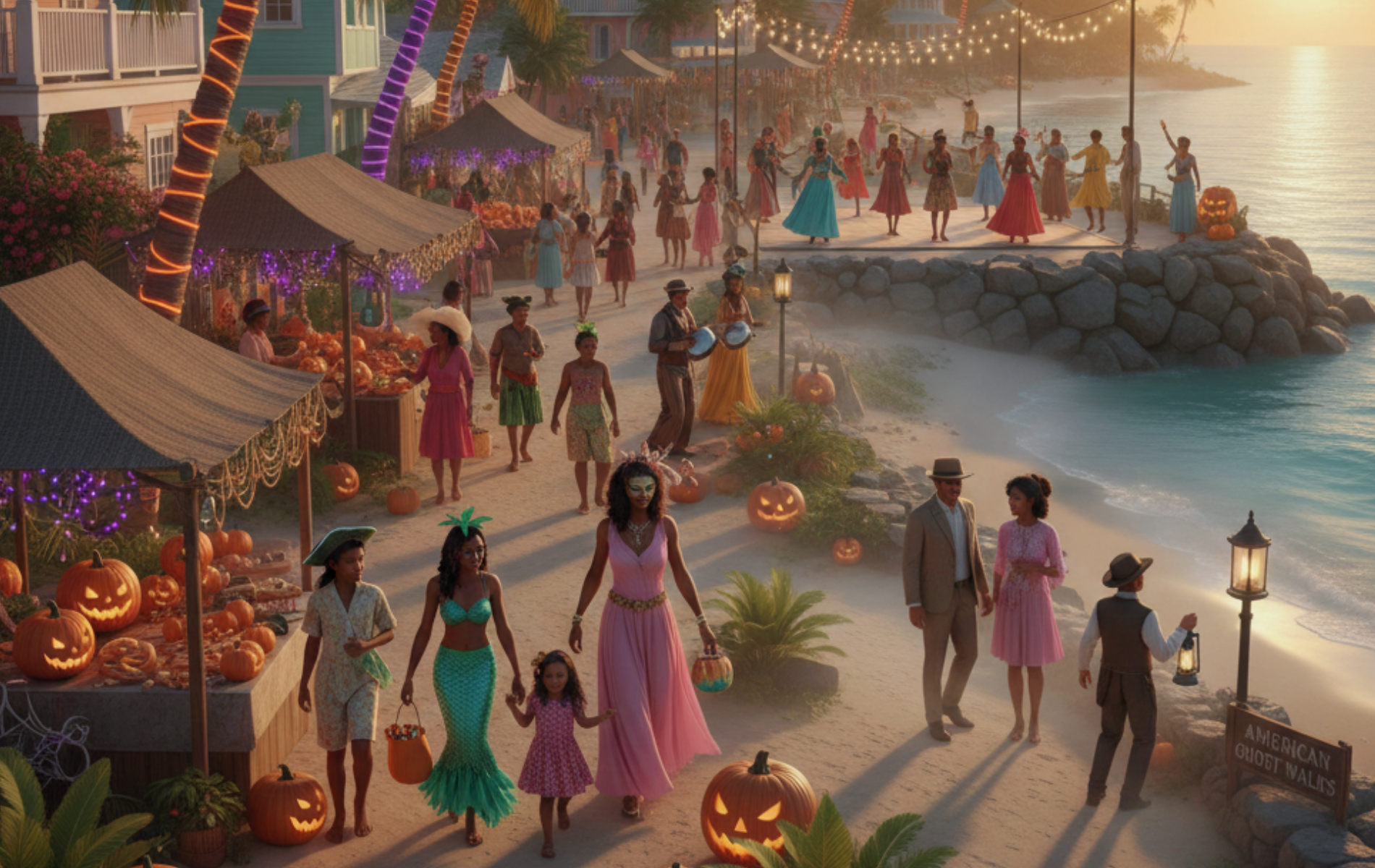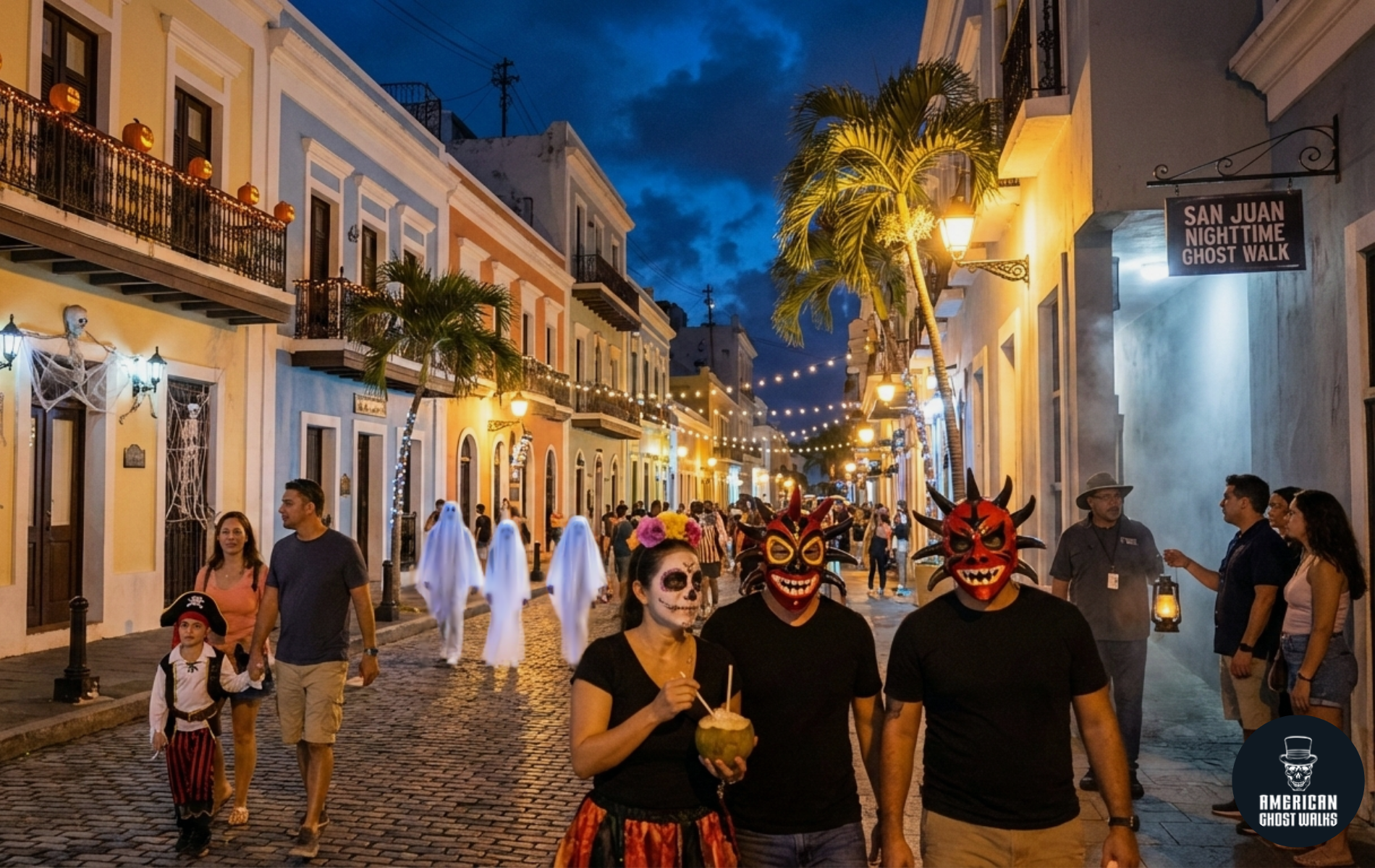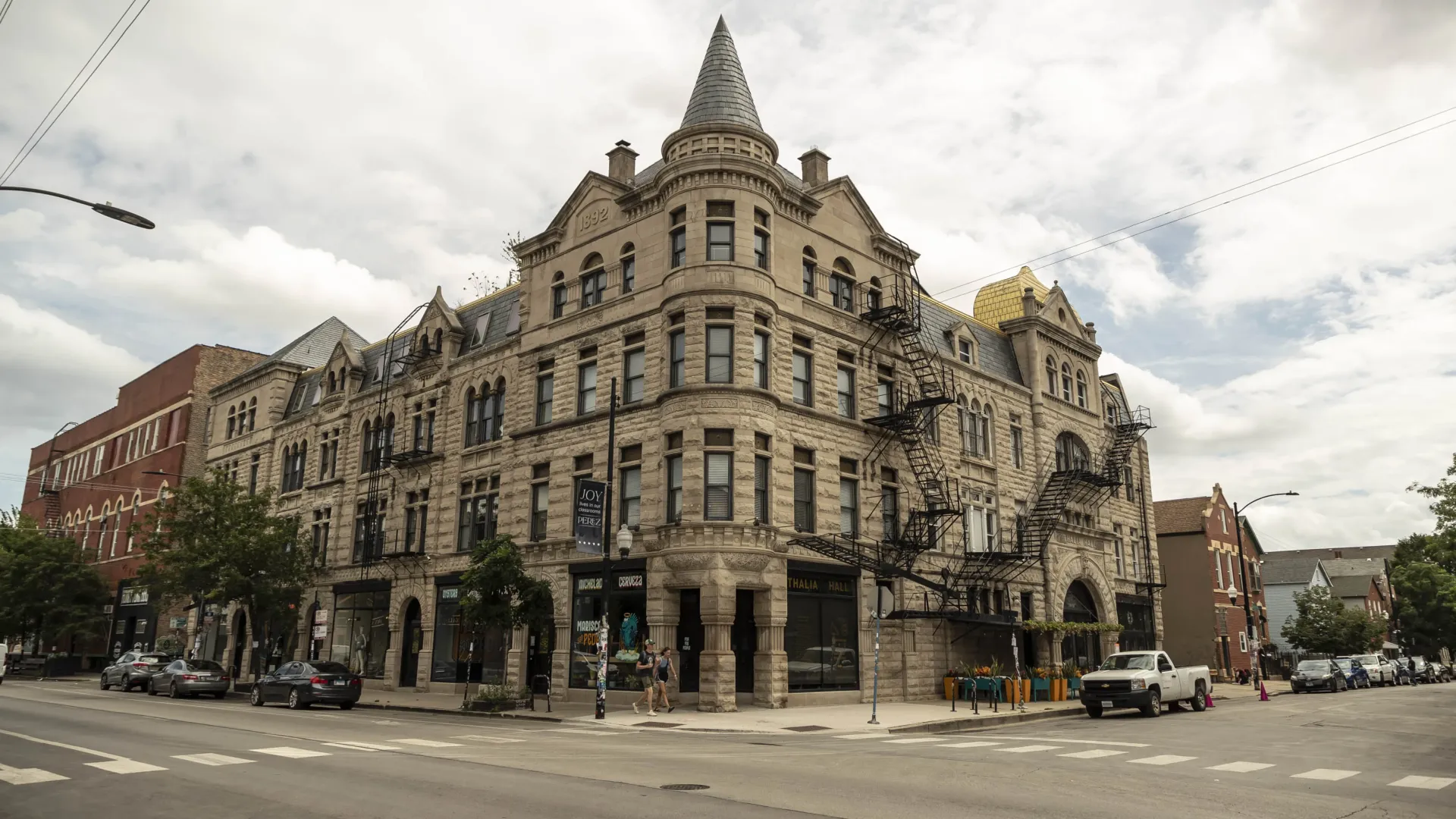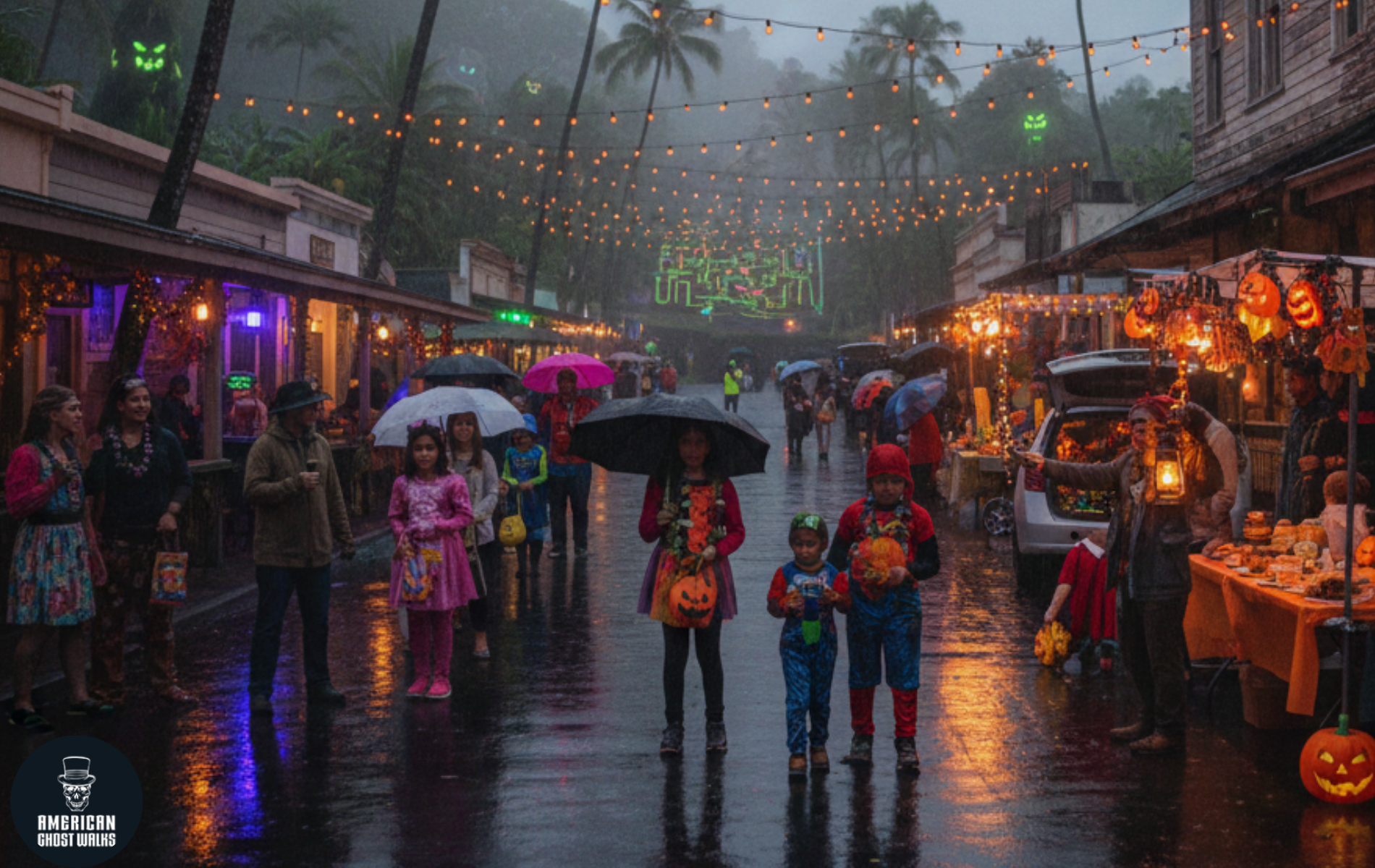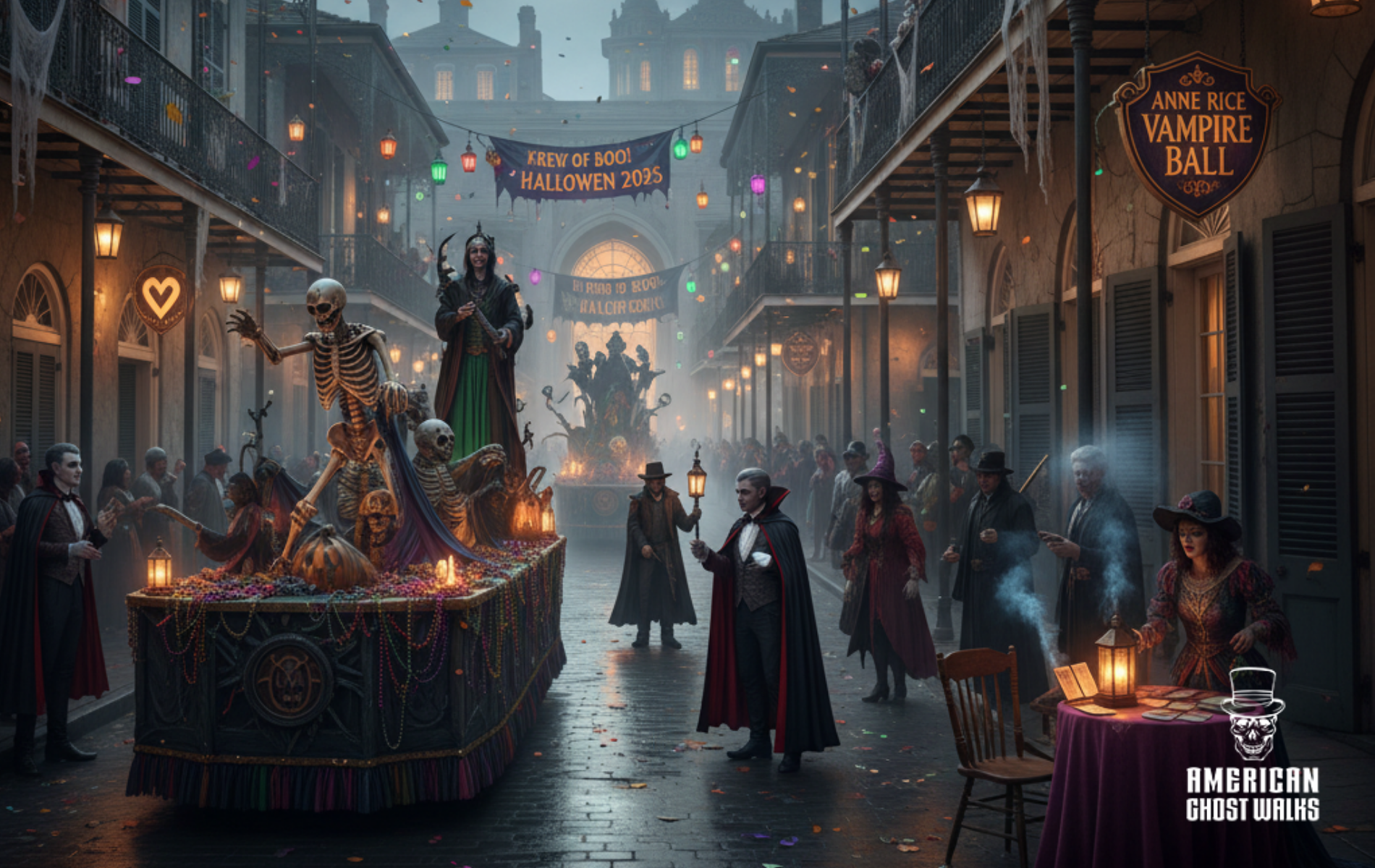The Amityville Horror, The Warrens, and The Conjuring: Fact vs. Fiction
Few paranormal stories have gripped the public imagination like The Amityville Horror. A mix of true crime, alleged supernatural terror, and Hollywood storytelling has made this case a cultural phenomenon. At its center are Ed and Lorraine Warren, the most famous paranormal investigators of the 20th century, whose involvement has been both sensationalized and scrutinized. Let's take a look at the Amityville case, the Warrens' role, and how fact and fiction blur in this haunting legend.
The DeFeo Murders: A House of Tragedy
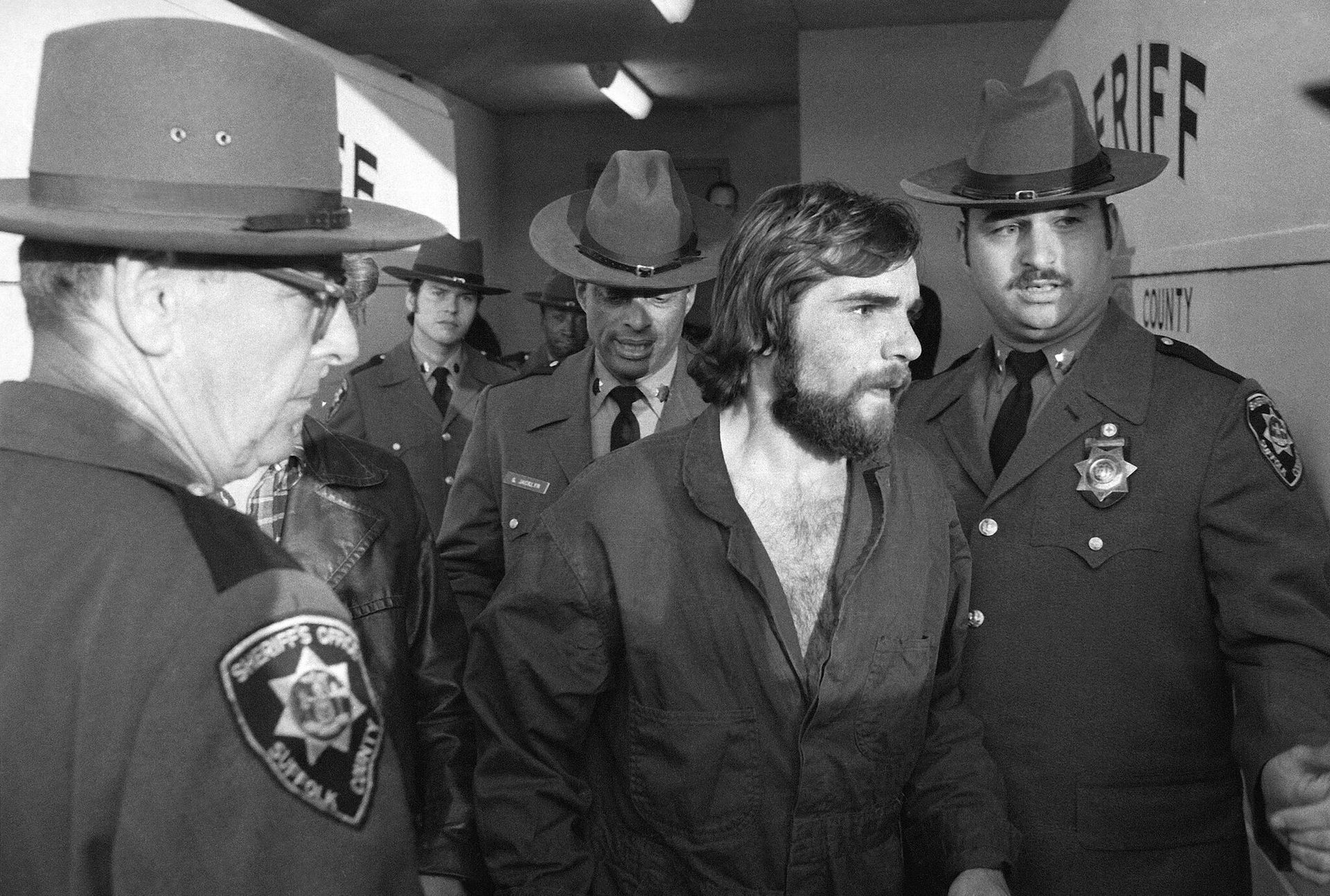
On November 13, 1974, Ronald "Butch" DeFeo Jr. shot and killed his parents and four siblings while they slept in their home at 112 Ocean Avenue, Amityville, New York. The gruesome murders shocked the community. DeFeo initially claimed unknown assailants had killed his family, but he later confessed, stating he was driven by voices in his head. Despite an insanity plea, he was convicted on six counts of second-degree murder and sentenced to life in prison, where he remained until his death in 2021.
The DeFeo murders laid the foundation for what would become one of the most infamous haunting stories in American history. The tragedy was undeniable, but it was the events that followed that transformed the house into a paranormal legend.
The Lutz Haunting: 28 Days of Terror
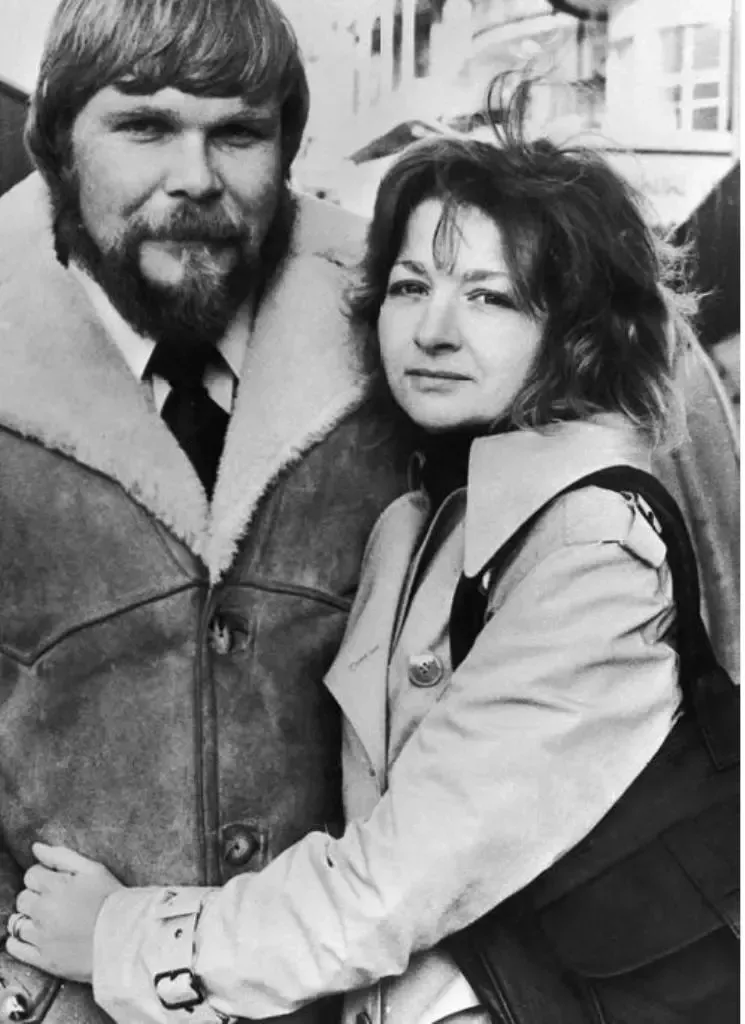
In December 1975, George and Kathy Lutz purchased the DeFeo home at a bargain price, knowing its bloody past. They moved in with their three children, hoping to start fresh. Within days, they reported terrifying phenomena:
- Doors and windows slamming on their own.
- Cold spots appearing without explanation.
- Strange odors filling rooms.
- Green slime oozing from walls.
- A demonic, pig-like creature with glowing red eyes stalking the family.
- George waking up at 3:15 a.m.—the time of the DeFeo murders—every night.
After just 28 days, the Lutzes fled, abandoning their possessions. They later claimed the house was possessed by evil forces connected to the DeFeo murders. Author Jay Anson turned their experiences into The Amityville Horror: A True Story (1977), which sold over 10 million copies and inspired a 1979 blockbuster movie. The story skyrocketed into pop culture, forever tying Amityville to the supernatural.
But skeptics soon questioned the Lutzes' account. Ronald DeFeo’s lawyer, William Weber, admitted he had discussed concocting a haunting story with the Lutzes "over many bottles of wine" to support a possible possession defense for his client and profit from book deals. Over the years, contradictions in the Lutz family's stories and lawsuits over rights to the tale cast doubt on its authenticity.
The Warrens Arrive: Paranormal Celebrity Meets Media Spectacle
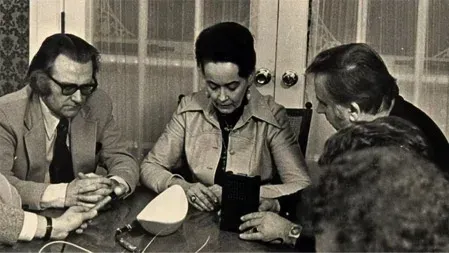
Ed and Lorraine Warren were already well-known in New England’s paranormal circles. Ed carried a business card that read simply "Demonologist," while Lorraine claimed clairvoyant abilities. Together, they founded the New England Society for Psychic Research in 1952, traveling college circuits to lecture on hauntings and exorcisms. They built a reputation as America’s foremost demonologists, and by the mid-70s, their stories were already inspiring books and films.
The Warrens’ connection to Amityville came after the Lutzes fled the house. A local TV crew, seeking sensational coverage, invited the Warrens to a televised séance in March 1976. Other investigators present reported nothing unusual. Marvin Scott, a journalist who attended, later said the only excitement was his crew wondering when they could eat their sandwiches. Lorraine Warren, however, claimed overwhelming evil, telling Scott, "I hope this is as close to hell as I'll ever get."
The Warrens never met the Lutz family during their investigation. Yet over time, their presence at the séance allowed them to claim involvement in the case, using it as a cornerstone of their public persona. Their account of Amityville, dramatic and terrifying, added fuel to the legend—even as skeptics dismissed it as fabricated.
The Ghost Boy Photo Mystery
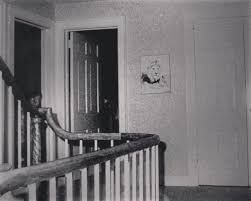
One of the most enduring pieces of supposed evidence from the Amityville house is the infamous "ghost boy" photo. Taken in 1976 during the Warrens’ televised investigation, the image shows what appears to be a small boy with glowing eyes peeking out from a bedroom doorway on the second floor of the house. The photograph was captured using an automatic camera with infrared film, set to shoot continuously overnight while the team conducted séances and experiments.
The photo quickly became legendary, often cited as undeniable proof that spirits haunted the Amityville home. Some believers speculated that the boy was the ghost of one of the DeFeo children murdered in the house. Others suggested it was the spirit of a demonic entity, watching the investigators as they worked.
Skeptics, however, argue that the "ghost boy" was likely a member of the investigation team, a cameraman or assistant caught in motion, with the infrared light causing the glowing eyes effect. Theories suggest it could have been Paul Bartz, an investigator present that night, inadvertently photographed while checking the equipment.
Despite decades of debate, no definitive explanation has ever been confirmed. The ghost boy photo remains one of the most talked-about and controversial images in paranormal history, perfectly encapsulating the Amityville saga: a blend of tragedy, fear, mystery, and possible misinterpretation that continues to fuel fascination worldwide.
Hollywood’s Version: The Conjuring Connection
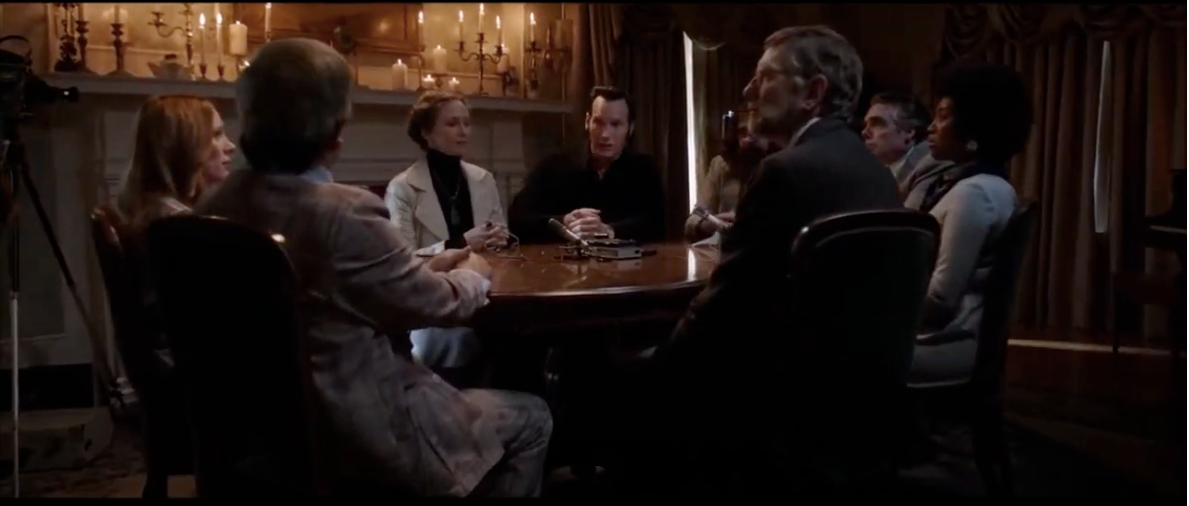
James Wan’s The Conjuring (2013) revitalized interest in the Warrens’ cases. Portraying Ed and Lorraine as heroic demon-fighters (played by Patrick Wilson and Vera Farmiga), the film claimed to be "based on a true story," dramatizing their investigation of the Perron family haunting in Rhode Island. Its success spawned an entire franchise, including Annabelle, The Nun, and sequels.
The Conjuring 2 opens with a scene depicting the Amityville house and a séance, visually tying the Warrens to that infamous case. For many moviegoers, this cemented the connection between Amityville and the Warrens, despite their real-life involvement being minimal and largely post-event. The franchise blurred lines between reality and fiction, presenting the Warrens as noble warriors against evil, a far cry from the disputed and controversial accounts of their true investigations.
Fact vs. Fiction: Sorting Through the Amityville Legend
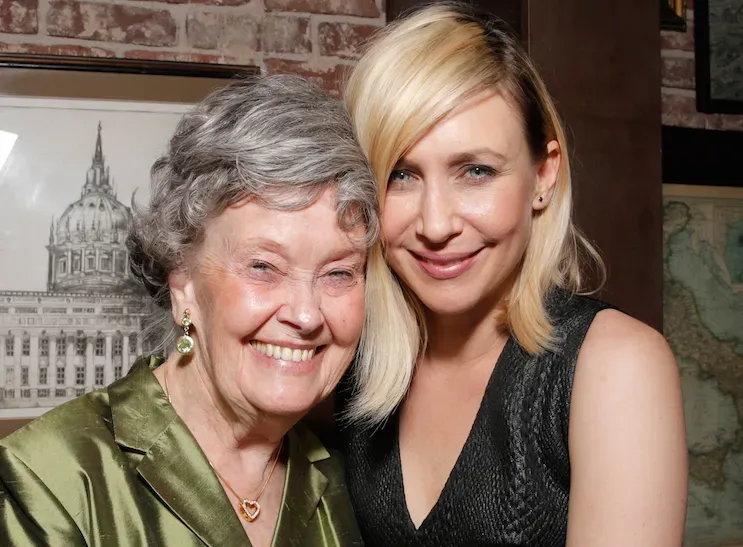
The Amityville Horror remains one of the most debated supernatural cases ever:
- Fact: The DeFeo murders happened. Six people were brutally killed in their sleep.
- Fact: The Lutzes lived in the house for 28 days before fleeing.
- Contested: Paranormal events claimed by the Lutzes lack verifiable evidence and have been called a hoax by key participants, including Weber.
- Contested: The Warrens’ role was minor and primarily media-driven; no scientific evidence supported their claims of demonic presence.
Yet, the story persists because it resonates on multiple levels: real tragedy, mysterious experiences, and the possibility of forces beyond our understanding. Hollywood amplified the legend, turning disputed events into global horror icons.
Why Amityville Endures
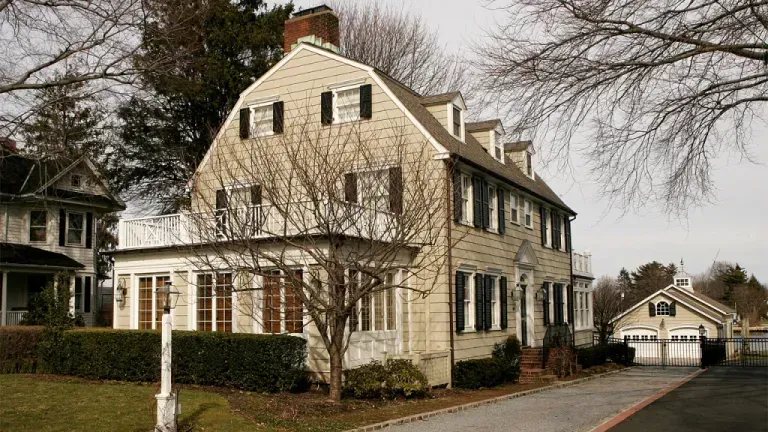
Horror stories are scariest when they claim to be true. There's no question that the marketing of The Conjuring used the "based on a true story," to tap into a primal fear and alter people's perceptions in the movie theater. The Amityville saga is a perfect storm of true crime, alleged haunting, media frenzy, and movie magic. Whether fact or fiction, it terrifies because it might be real, and because the Warrens and Hollywood made sure it would never be forgotten.
Alice Cooper’s Haunted House Connection
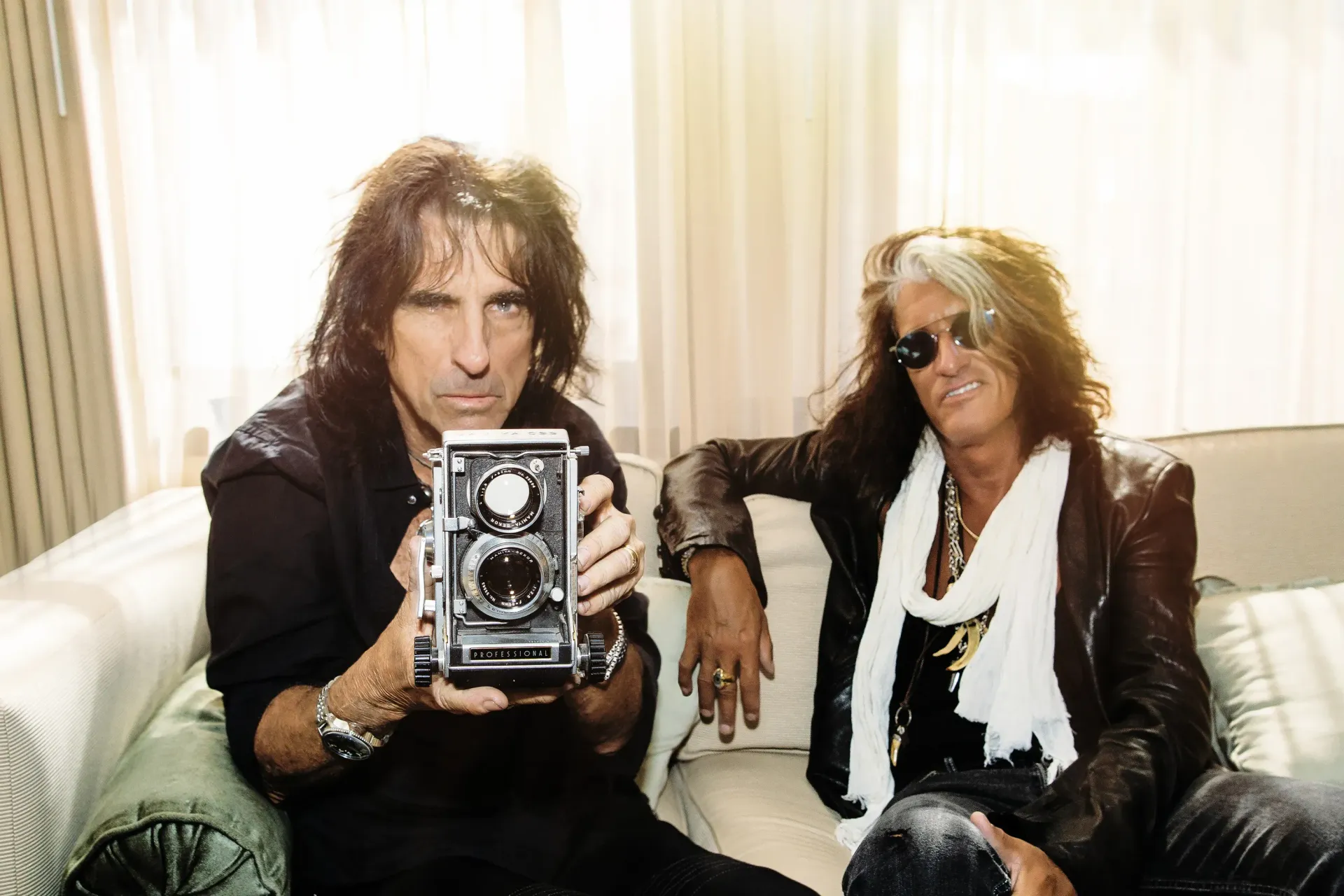
Shock rocker Alice Cooper himself has shared an eerie story from the mid-1980s while working on a horror movie soundtrack with Joe Perry. They were staying in a house in Copake, New York, owned by Cooper’s legendary manager, Shep Gordon. Both rock stars were fresh out of rehab and focusing on music when strange occurrences began disrupting their stay. In a Rolling Stone interview, Cooper recalled, “Every time I would put something down – I’d go in the other room, I’d come back – it was in some other place.”
What began as playful pranks turned unsettling when they heard unexplained loud noises. According to Alice, “There’s a basement right under us and it sounds like somebody’s moving furniture down there. It’s not just a bump or a little thing: It sounds like 20 people are moving furniture.” The duo bolted for the night, spooked by the strange sounds.
Alice claims that Shep later told him The Amityville Horror was written in that very house, adding that Shep’s mother once witnessed a table move a foot during a dinner party. While it’s a great rock-and-roll ghost story, and Alice did star in the Italian horror flick Monster Dog in 1984, there’s no evidence that Jay Anson, author of The Amityville Horror, ever wrote there. A 1979 Writer’s Digest article notes that most of the book was written in Anson’s New York City office, with some pages drafted at his sister’s home in Roslyn, Long Island, where he stayed while recovering from a heart attack. Roslyn is over two hours away from Copake, making the claim unlikely.
Anson did say that strange things happened to people who handled the manuscript... critics fell mysteriously ill, and he himself suffered a heart attack and died shortly after the book’s success. But he never asserted that the haunting was factually true, only that he believed the Lutz family believed their story, and his job was to report, not judge.
Alice Cooper only began tying this haunted house tale to The Amityville Horror in recent years. In his episode of Celebrity Ghost Stories, he mentioned that Shep told him a young boy had drowned in a nearby lake and speculated that the prankster ghost could have been the boy’s spirit. While this seems more plausible, Cooper and Perry have repeatedly shared their ghost story over the years, often using it to promote Alice’s aptly titled Paranormal album.
Final Thoughts
Amityville is more than just a haunted house story. It’s a cultural phenomenon born from murder, molded by storytellers, and immortalized by Hollywood. Ed and Lorraine Warren played a pivotal role in its rise, intentionally or not, bridging reality and legend. Decades later, the question remains: was the house truly haunted, or is it the greatest ghost story ever sold?
Listen to a whole podcast about this that I recorded in 2016 right here:

